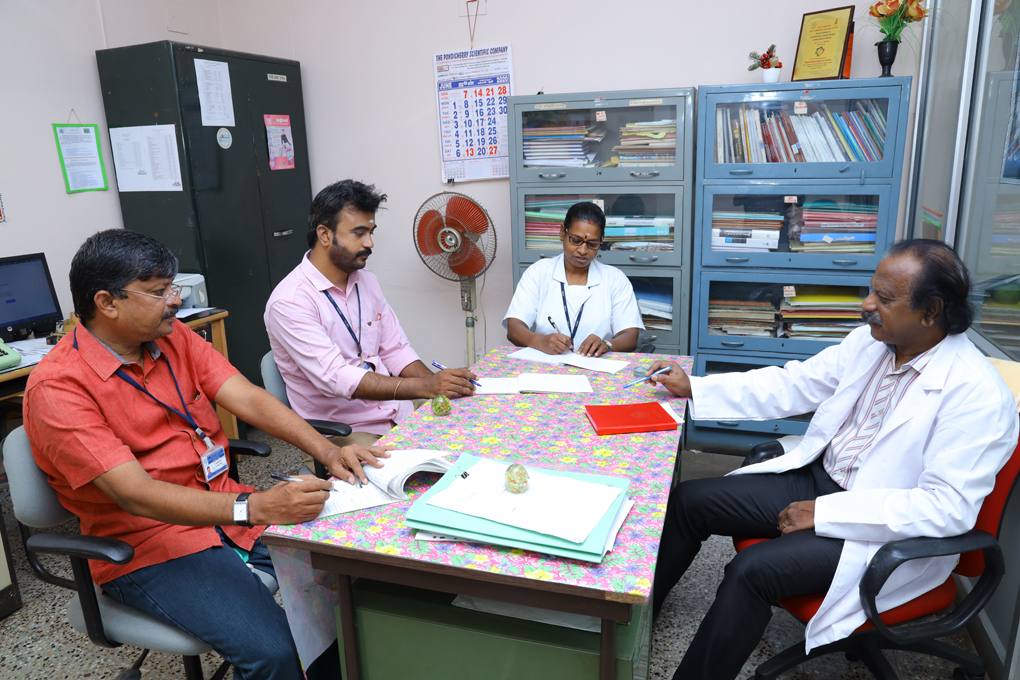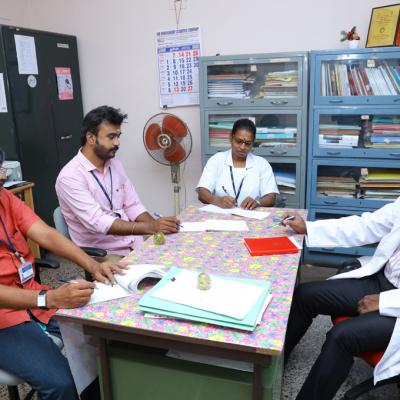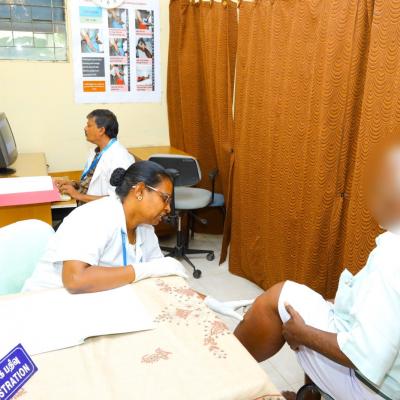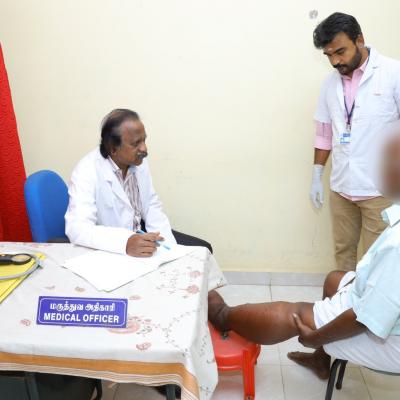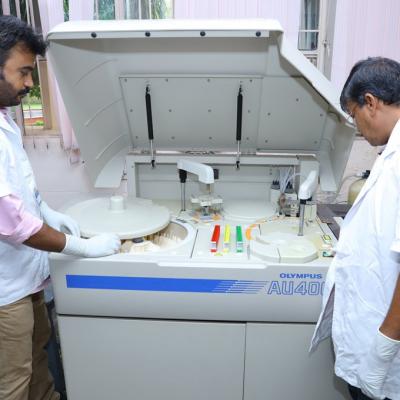Clinical Epidemiology & Chemotherapy
Head of the Division: Dr. Vijesh Sreedhar Kuttiatt, Scientist-E
Fialriasis also known as elephantiasis, is very common in many States of India including Pondicherry. Patients affected with elephantiasis suffer from swelling of the scrotum among males, swelling of the lower or upper limb. Few patients also may have swelling in other parts of the body.
Division of Clinical Epidemiology and Chemotherapy (CEC) undertakes clinical epidemiological studies and clinical trials mainly in the field of filariasis and as on the need in chikungunya. The field practice areas of division for undertaking filariasis and chikungunya extend to neighbouring Villupuram, Cuddalore and Thiruvannamalai districts of Tamilnadu.
Currently, the main focus is on developing strategies to improve the Morbidity Management and Disability Prevention (MMDP) services, independent assessment of the currently available strategies for MMDP, development of the disability assessment tools, development of the rapid tools for surveys, development of the cost-effective therapeutic devices for lymphoedema management.
Filarial lymphoedema patients identified in research projects are offered MMDP services in an exclusive clinic functioning within the campus on Monday and Wednesday 9.00 a.m. to 12 noon. The services include pneumatic decompression therapy daily. Patients from faraway States get the e-consultation and provided the information on nearest facilities available to them and the patients are directed to approach the nearest facility for follow-up and further management.
Research Areas
- Clinical epidemiological studies in filariasis and Chikungunya.
- Filariasis Clinical trials on diagnostics and drugs.
- Evaluation of Morbidity Management and Disability Prevention (MMDP) of ELF Program.
- Development of Strategies and treatment tools for filariasis management.

